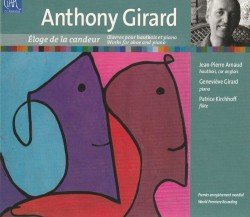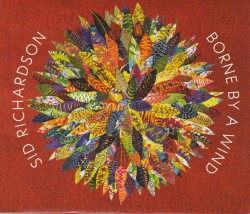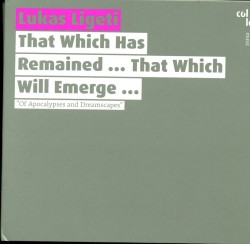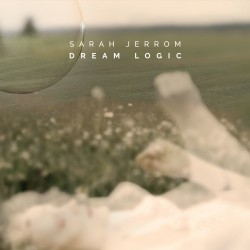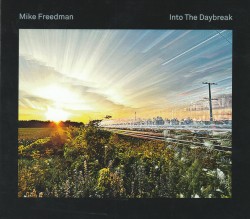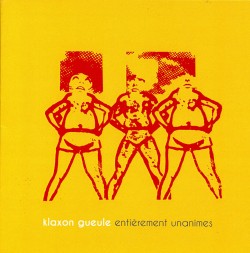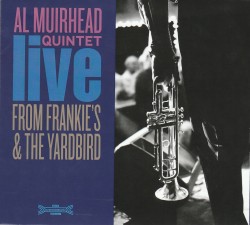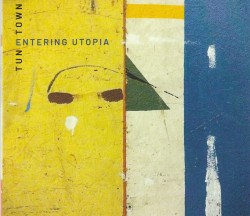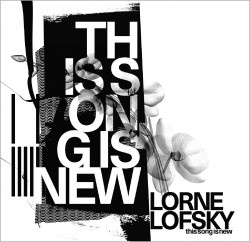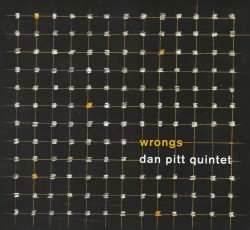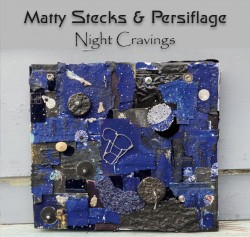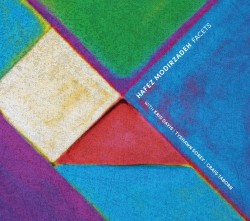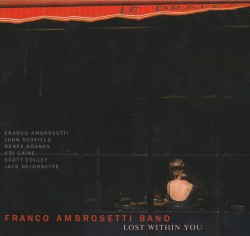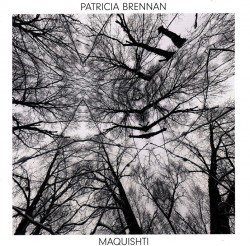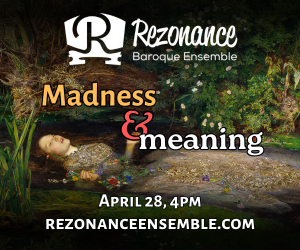Douglas Boyce: The Hunt by Night - counter)induction; Ieva Jokubaviciute; Schuyler Slack; Trio Cavatina
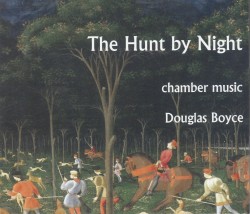 Douglas Boyce – The Hunt by Night
Douglas Boyce – The Hunt by Night
counter)induction; Ieva Jokubaviciute; Schuyler Slack; Trio Cavatina
New Focus Recordings FCR 278 (newfocusrecordings.com/catalogue)
Douglas Boyce’s erudite liner notes may make you reach for a dictionary. If I read him right, chamber music is no longer mere comfortable entertainment for the well-heeled; it provides contemporary humankind with an escape from time’s clutches, through ritual provided by “music’s hierophants” (the priesthood of composer/performers). Not sure about that, but let’s turn to the music itself.
Boyce writes lively, sometimes jarring and jagged lines, demanding for clergy and congregation alike. The title track was already released by counter)induction (Boyce is a founding member), reviewed last issue. It’s terrific to have a broad collection of his music to compare to that exhilarating jaunt.
Quintet l’homme armé references the cantus firmus Guillaume Dufay used in his eponymous Mass; extra marks if you can sing that melody, but even so, you’ll still need some imagination to find a connection between it and this mysterious descendant; I believe I hear the echoes, but I won’t bet the house. Piano Quartet No.2 involves intricate play with rhythmic blocks. There’s a chancy leeway to how the piece comes together, so this version is just one of the ways it might go. The longest track, and prize-winner for me, Sails Knife-bright in a Seasonal Wind is dedicated to Boyce’s young son. This whimsical trialogue between violin, guitar and percussion progresses from halting introductions, through a wacky little jig, and thence into the mystery world of a child’s deep slumber. Time keeps passing, but the listener feels it suspended for the duration.
Fantastic playing by the many participants. Clean crisp recording values too. Read and decipher the liner notes, if you can. Call it value added: I learned some arcane words, like apodeictic. As for the runes in the margins, no clue.


